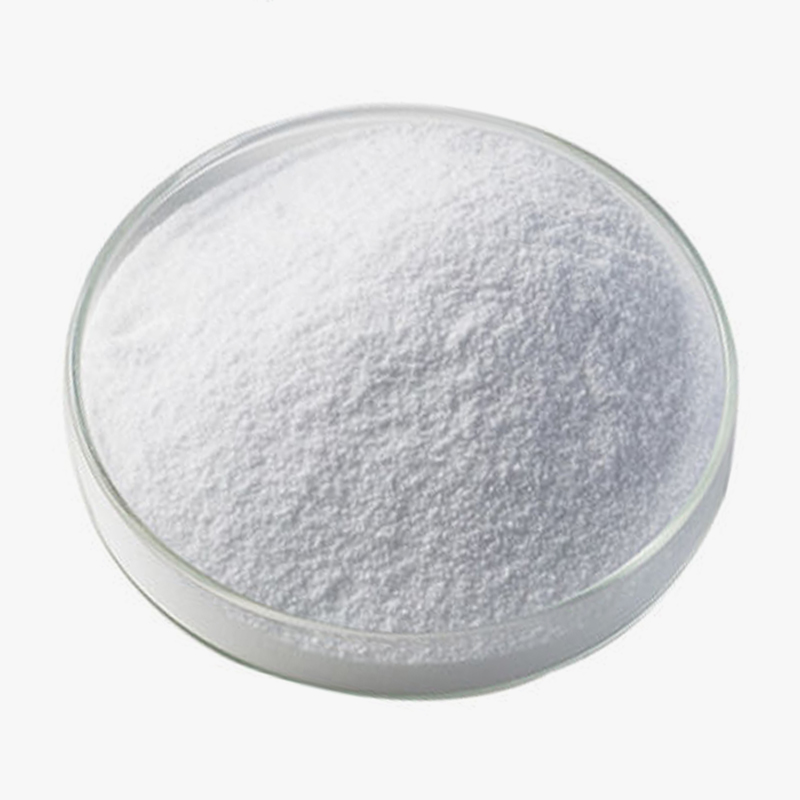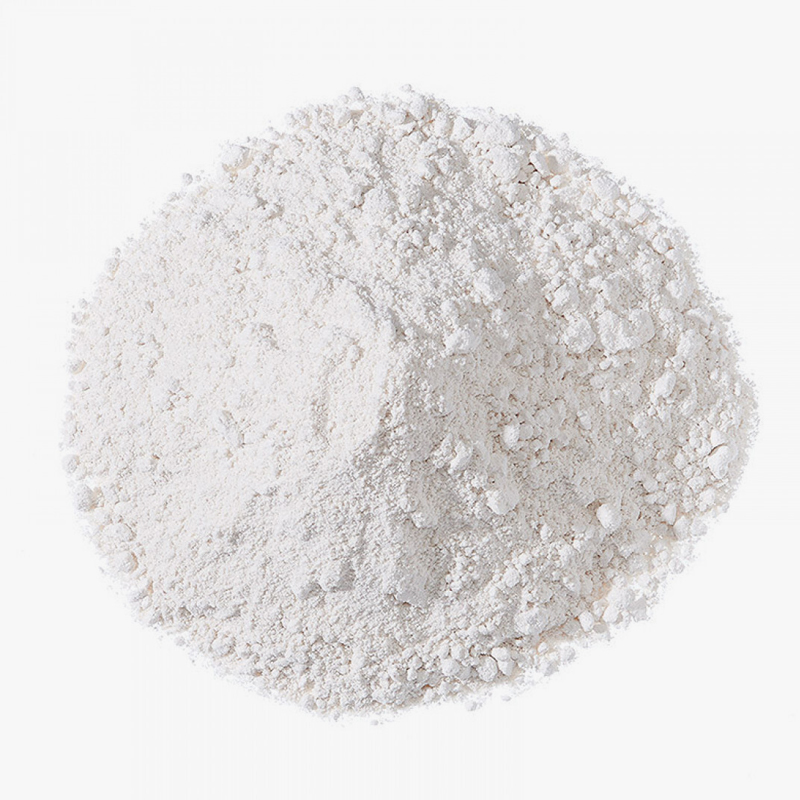Hydroxyethyl Cellulose (HEC) for water-based coatings is a water-soluble, nonionic cellulose ether made from natural cellulose via alkalization and etherification. As a key additive in water-based coatings, HEC primarily serves to thicken, control rheology, stabilize, and retain water. It is widely used in latex paints, water-based industrial paints, and architectural coatings. It also promotes pigment dispersion, emulsion stability, and water retention. It also exhibits excellent mildew resistance and extends shelf life. Its excellent thickening properties reduce usage, improve cost-effectiveness, and enhance washability, making it particularly suitable for water-based formulations such as latex paints.
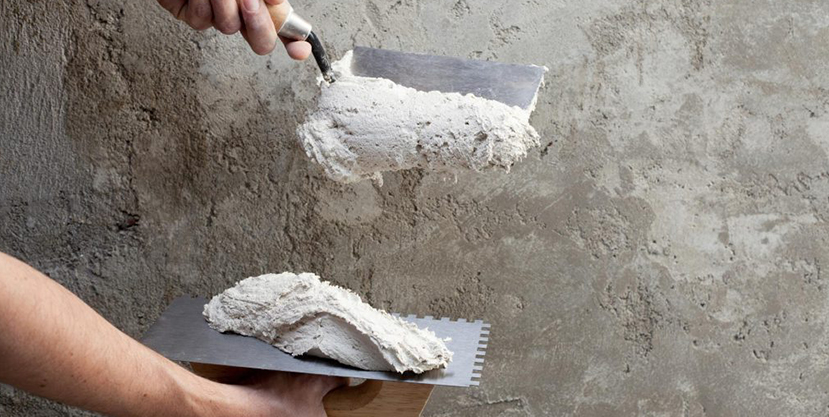
Content
Precautions for Use
Dissolution Method
Recommended process: Dry mix with powder (such as titanium dioxide) before dispersing in water; or pre-dissolve to form a gel before adding.
Avoid adding directly to the mixture (as it may cause clumping). Propylene glycol can be used as a solubilizing agent.
Compatibility
Compatible with most emulsions (such as styrene acrylic and pure acrylic), but avoid coexistence with high concentrations of electrolytes (such as Ca²⁺).
Storage and Environmental Protection
Sealed and moisture-proof, the unopened container typically has a shelf life of two years.
Compliant with REACH/EPA environmental standards and VOC-free.
Comparison of HEC with other thickeners
|
Thickener Type |
HEC |
Alkali Swellable (ASE) |
Polyurethane (HEUR) |
Inorganic Bentonite |
|
Rheological Properties |
High Pseudoplasticity |
High Thixotropy |
Low Shear Thickening |
High Thixotropy |
|
Water Resistance |
Excellent (Nonionic) |
Medium |
Excellent |
Poor (Water Absorbent) |
|
Cost |
Medium |
Low |
High |
Minimum |
|
Applicable Systems |
General Purpose |
High PVC Coatings |
High-End Latex Paints |
Low-Cost High-Build Coatings |
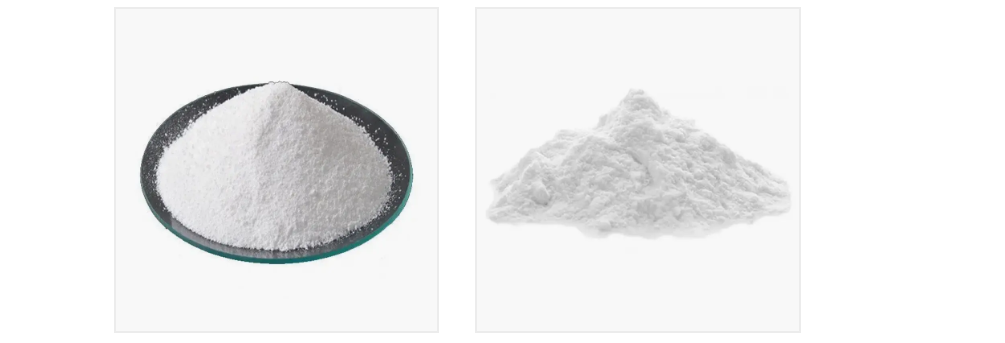
Storage environment of hydroxyethyl cellulose (HEC) for water-based coatings
Storage Requirements
Dry and Moisture-Proof
HEC is prone to moisture absorption and caking. It must be stored in a cool, dry, well-ventilated warehouse. Relative humidity is recommended to be kept ≤60%.
Packaging must be sealed (original aluminum foil bag or moisture-proof woven bag). After opening, any unused portion must be tied tightly or transferred to an airtight container.
Temperature Control
The optimal temperature range is 5-30°C. Avoid high temperatures (>40°C) that may cause molecular chain degradation, or low temperatures (<0°C) that may cause moisture absorption and caking.
Do not store near heat sources (such as boilers or heaters) or in direct sunlight.
Isolate from Contamination Sources
Keep away from chemicals such as acids, alkalis, and strong oxidizers to prevent chemical reactions.
Storage areas must be dust- and oil-free to avoid cross-contamination.
Precautions
Stacking Requirements: Packages should not be stacked more than five layers high. The bottom layer must be elevated on a pallet (≥15cm above the ground) to prevent moisture from entering the floor. Transport precautions: Protect from rain and damage during transport. Handle with care during loading and unloading to avoid moisture absorption caused by packaging tears.
First-in, first-out: Use in batches according to production date to avoid long-term storage (the unopened shelf life is generally 2 years; after opening, it is recommended to use within 6 months).
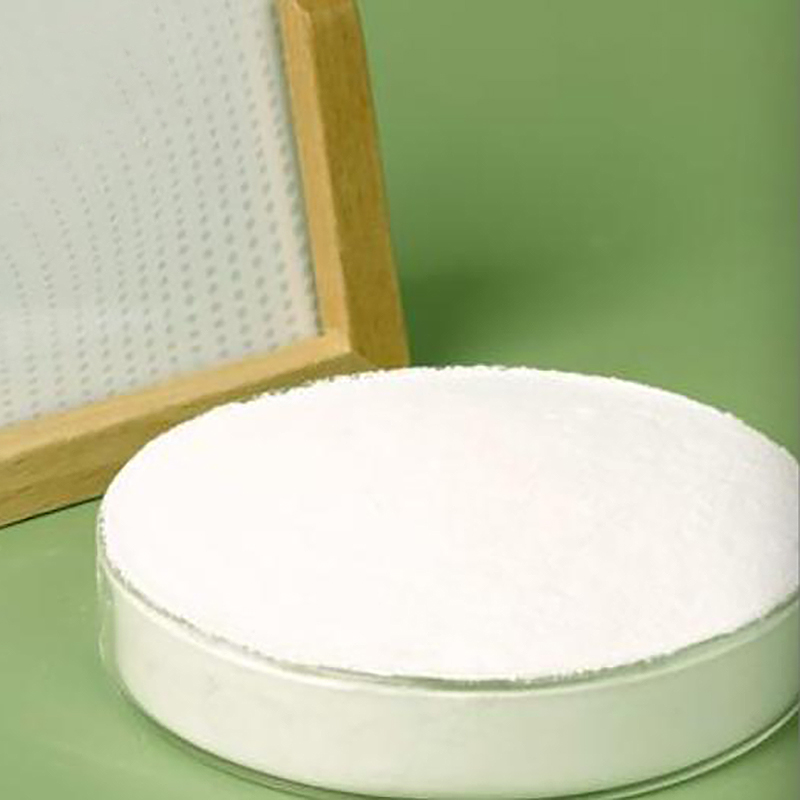
Handling Abnormal Situations
Minor Agglomeration: If loose lumps form due to moisture absorption, sieve (80-100 mesh) before use without affecting performance.
Severe Hardening: If the entire bag is hardened or discolored (yellowing), do not use and contact the supplier for resolution.
Fire Risk: HEC is a flammable solid. Fires can be extinguished with water, foam, or a carbon dioxide fire extinguisher.

 简体中文
简体中文 English
English русский
русский عربى
عربى Español
Español
